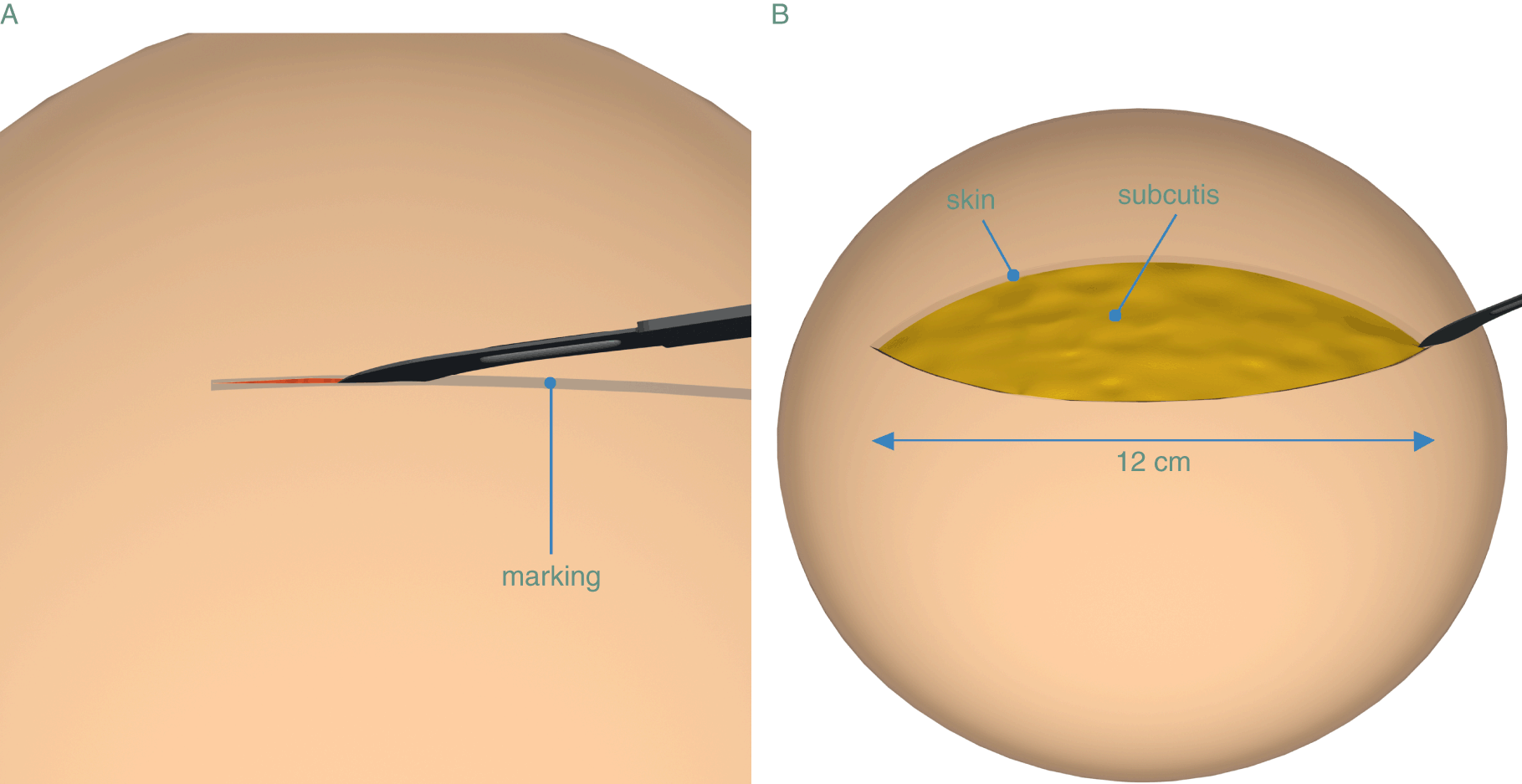Kirk A. Shibley1,MD, FACOG, Janette Biorn2, RN, Ann M. Brearley3, PhD Risk Factors of the Six Infections Clinical Outcomes (n=5
Kirk A. Shibley1,MD, FACOG, Janette Biorn2, RN, Ann M. Brearley3, PhD Risk Factors of the Six Infections Clinical Outcomes (n=5

Comparison of skin closure technique with stapler and subcuticular suture in patients with inguinal hernia undergoing lichtenstein tension-free mesh repair – An open-label randomized controlled trial
Kirk A. Shibley1,MD, FACOG, Janette Biorn2, RN, Ann M. Brearley3, PhD Risk Factors of the Six Infections Clinical Outcomes (n=5

Randomized controlled trial of wound complication rates of subcuticular suture vs staples for skin closure at cesarean delivery | Request PDF










![PDF] Surgical techniques for caesarean section Short-and long-term consequences | Semantic Scholar PDF] Surgical techniques for caesarean section Short-and long-term consequences | Semantic Scholar](https://d3i71xaburhd42.cloudfront.net/74b03af62ae87e0144d9e0cddcb3c727eaf94078/24-Figure6-1.png)

